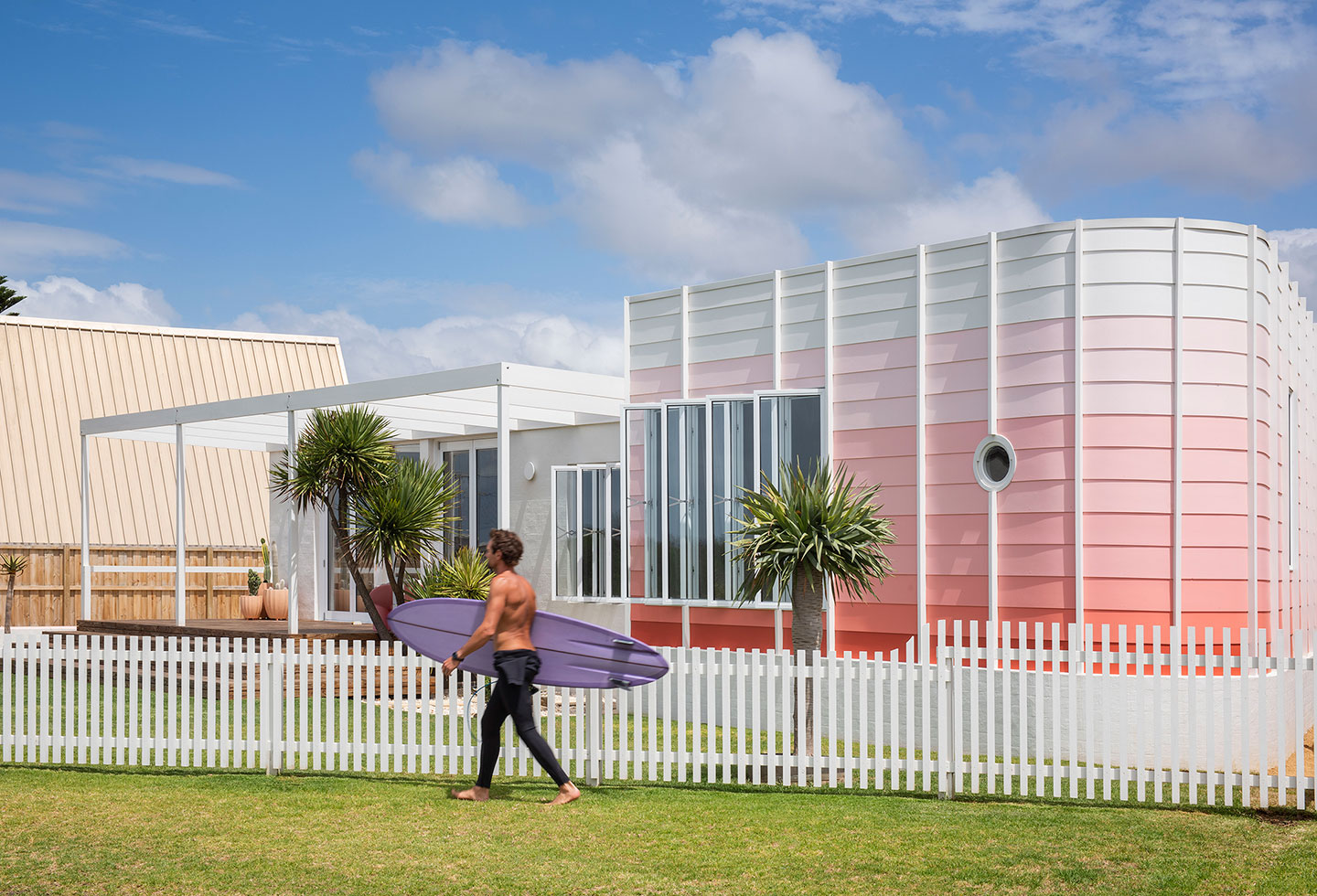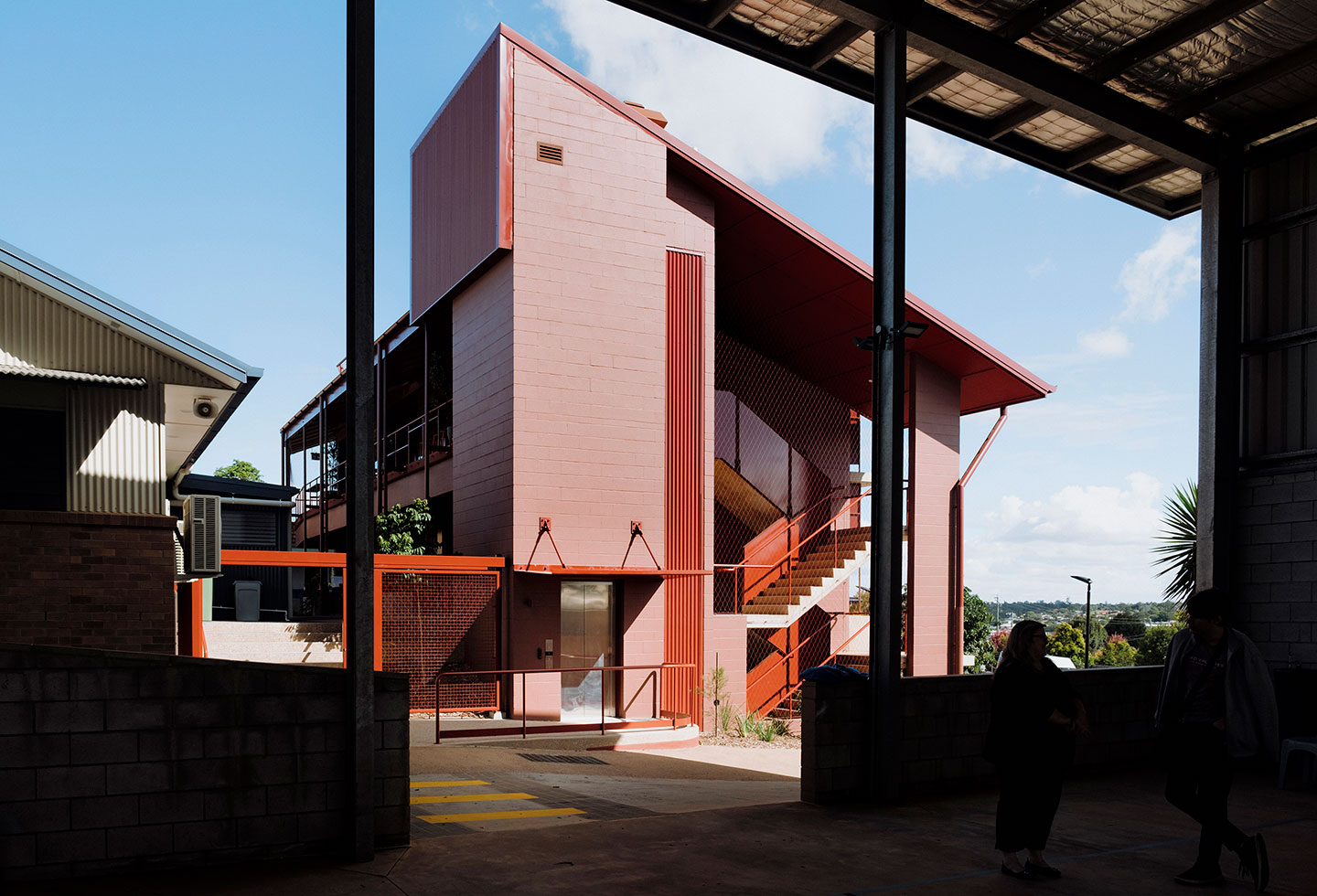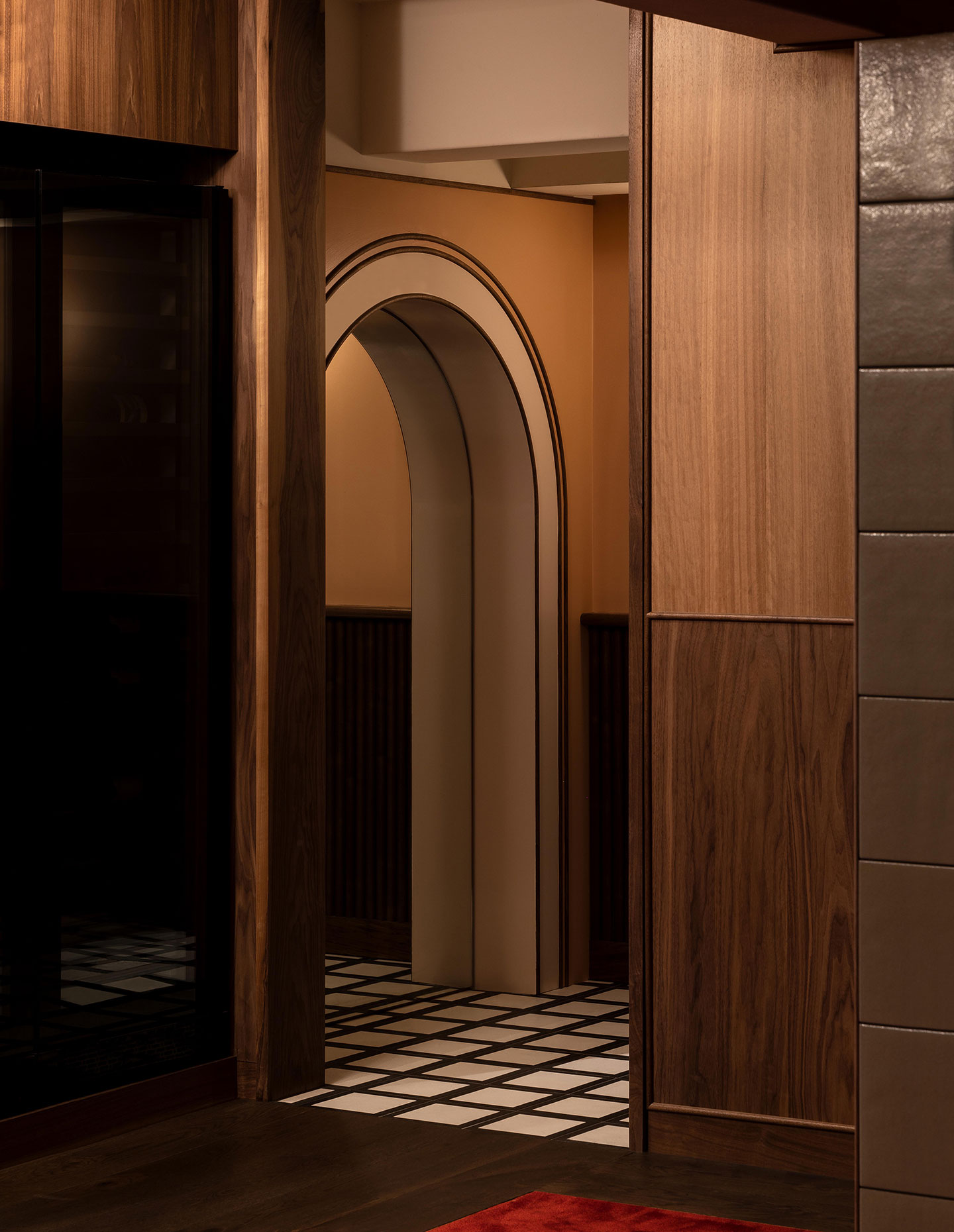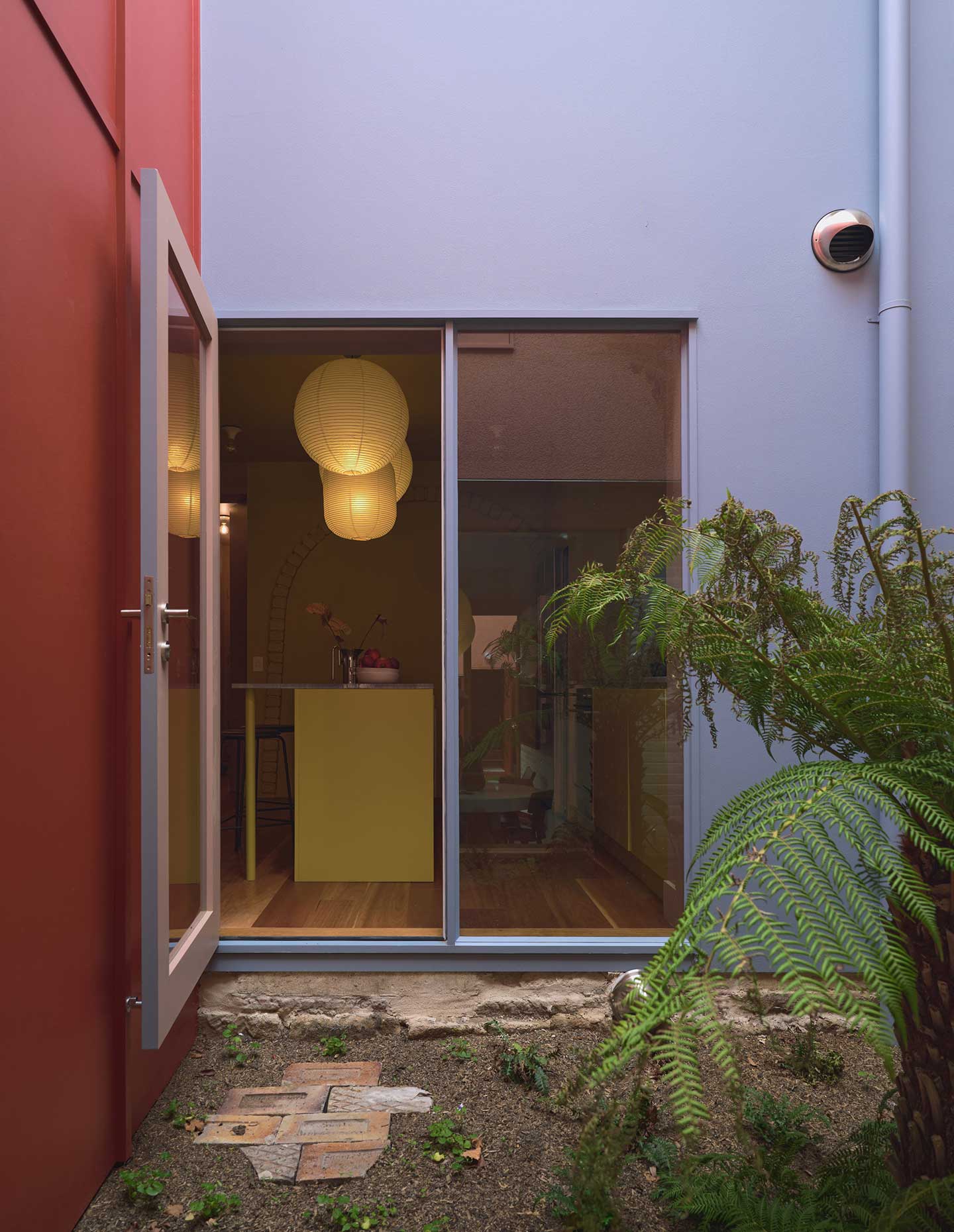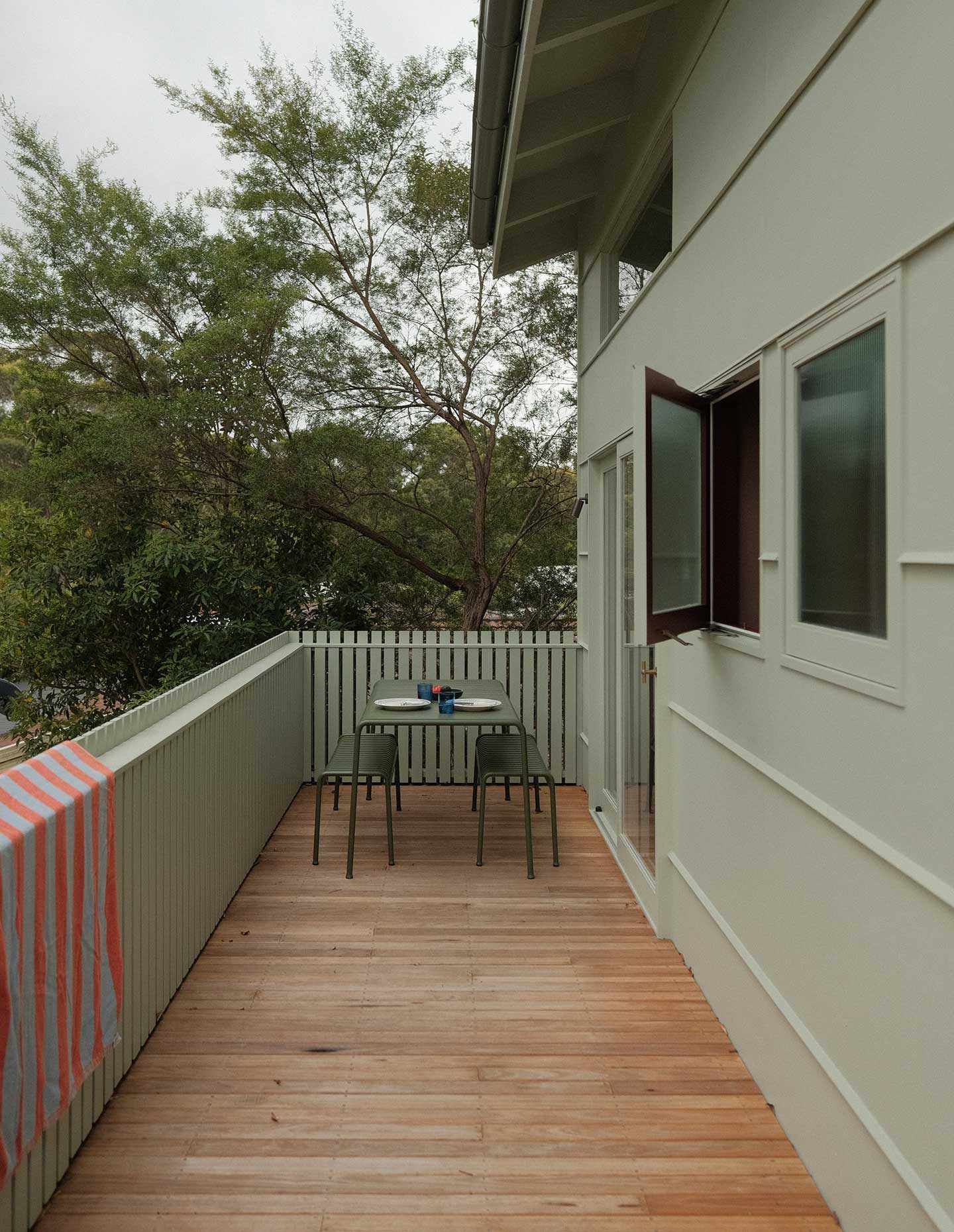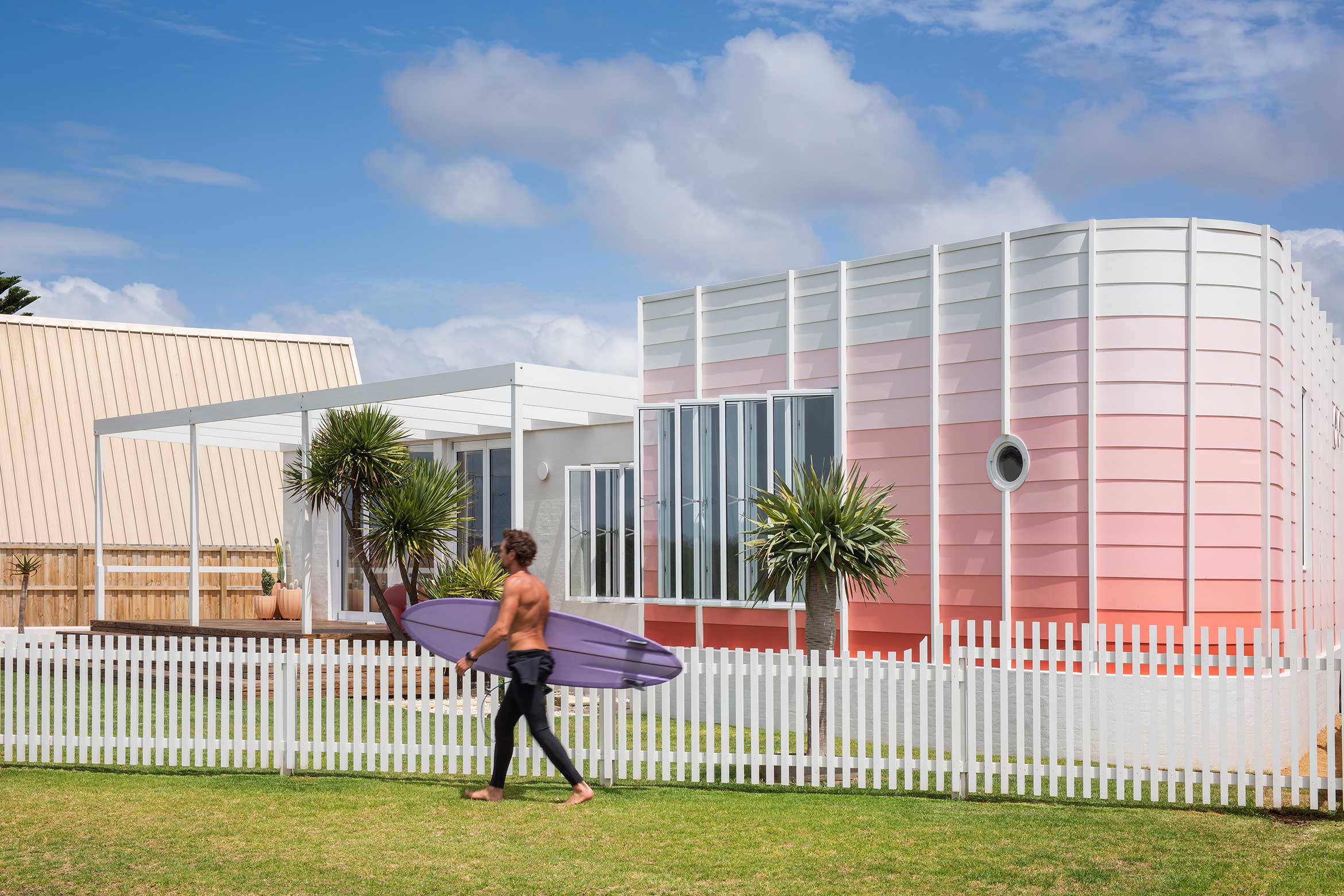We were recently hosted at the illustrious Bennelong, Sydney Opera House for the 28th Dulux Colour Awards, where the revered brand celebrated innovative and transformative ways designers have used colour to lacquer exceptional design in our built environment.
“It is fitting that this year’s awards were presented at the Sydney Opera House, for it is the embodiment of exceptional design and precedent-setting architecture, qualities that the program epitomises,” says Andrea Lucena-Orr, Dulux Colour and Communications Manager. Lucena-Orr was also recently a panellist in Milan at our event with V-ZUG, and she adds: “We aim to identify the ultimate expressions of colour in the built environment and, in doing so, to highlight the transformative potential of colour when combined with outstanding design.”
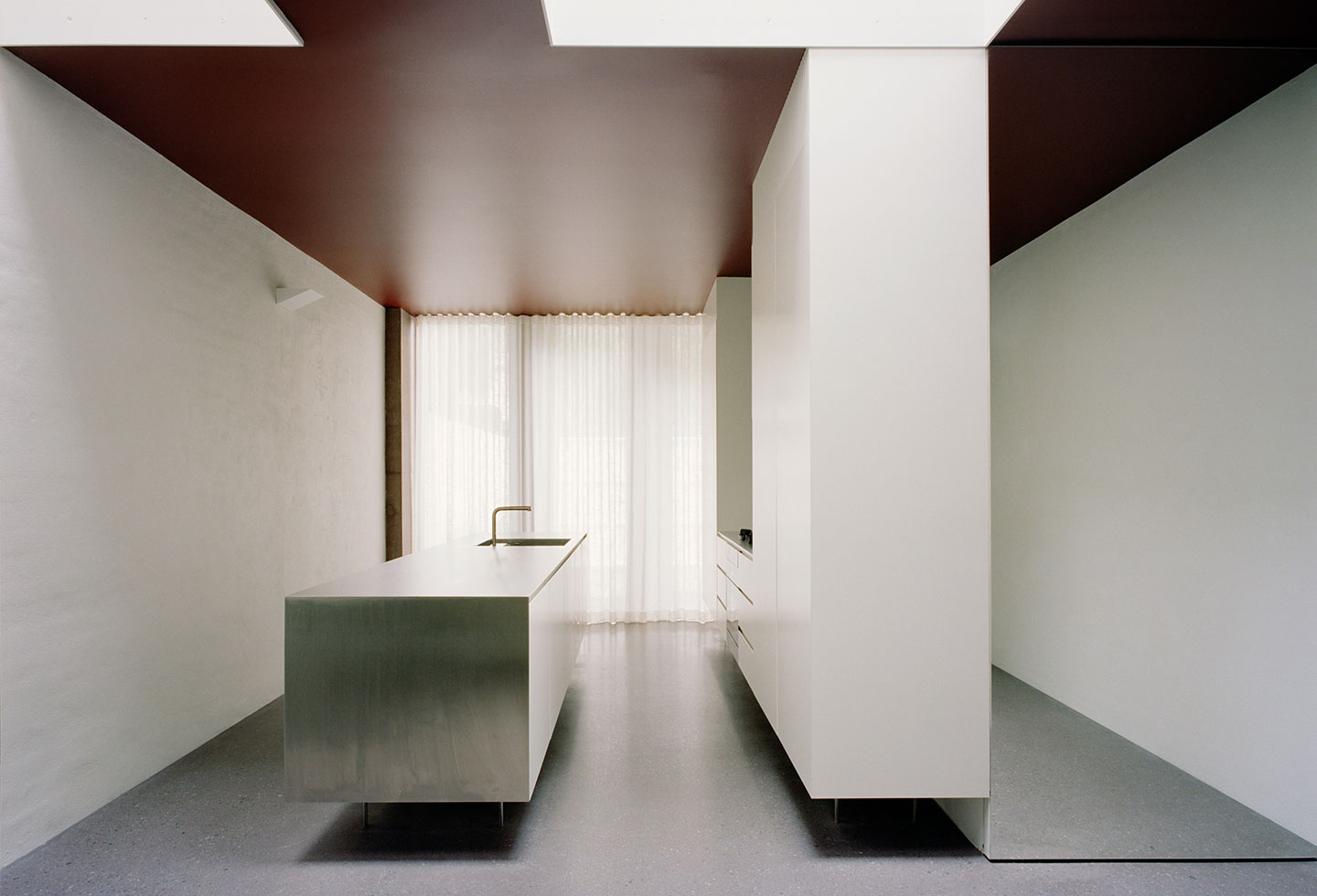
A contingent of 83 finalists were nominated across Australia and New Zealand. However, the projects that received accolades stand as precedent for a paradigm-shifting approach to colour usage. The following recipients challenge the norms of their respective typologies and set a benchmark for innovation with colour. It’s a notion exemplified in Alexandria House by Lachlan Seegers Architect, which took home the prestigious Australian Grand Prix award. The project was unanimously applauded for its commitment to a singular gesture in the application of Dulux Cumberland Red, a deep burnished red to the ceiling of the home. The unpredictability of this design strategy challenges the genre and demonstrates, so simply, the strength of an original idea and the power colour has to elevate our experience within architecture.
On par, the New Zealand Grand Prize winner by COMMON Architecture + Interiors expresses the emotional impact of colour in a community when applied with great care and conviction. “Seven Colourful Little Houses, literally a row of low-cost houses in outer-suburban Christchurch, prompts a total rethink of urban development possibilities,” explains Lucena-Orr. “It sets a new precedent for this typology, highlighting colour as a cost-effective, highly impactful design strategy, which is exactly what the awards program is designed to recognise.”
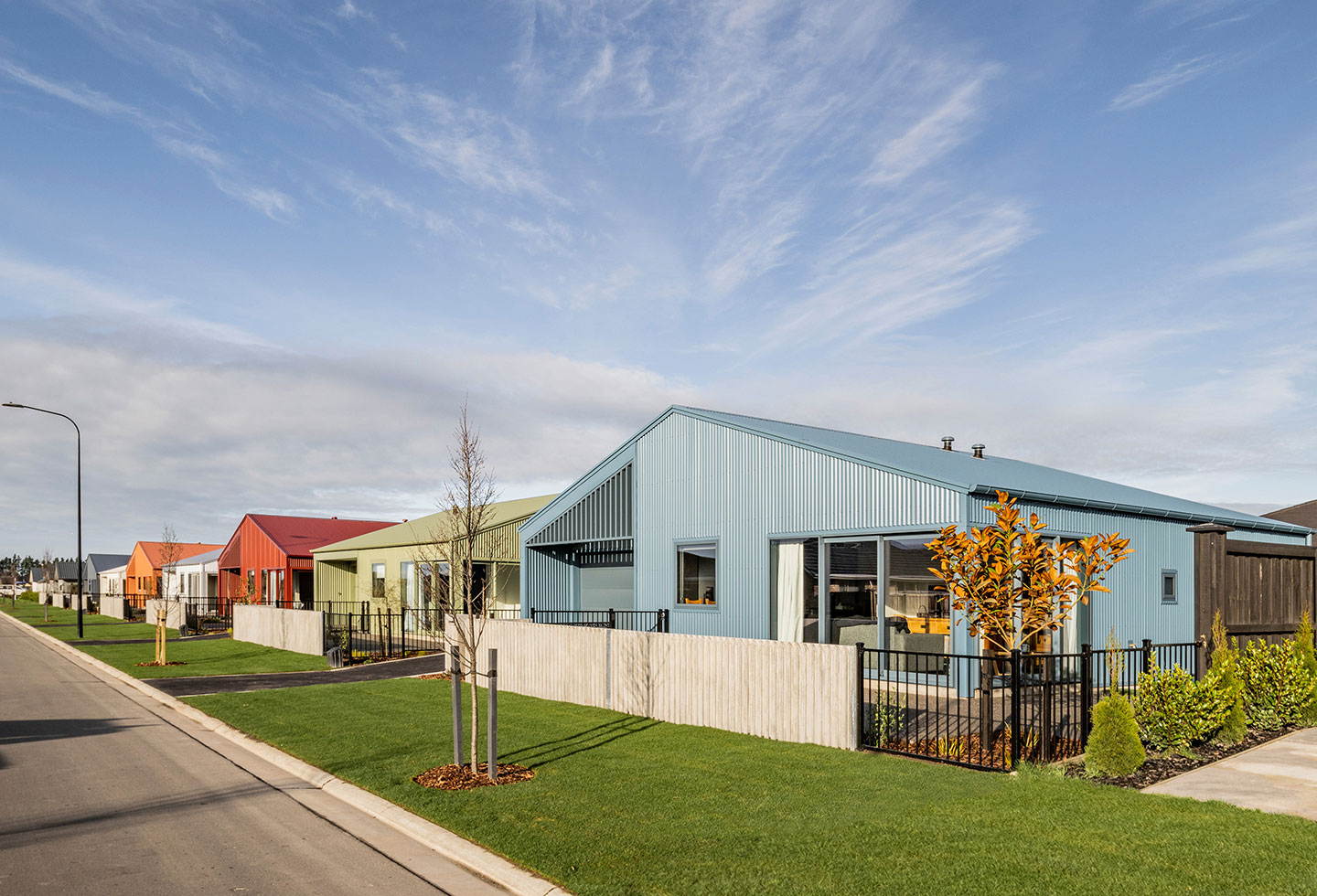
The annual program was expanded this year to include categories that honour temporary or installation design in recognition of this growing design area. “The inaugural winning project, Community Hall at the NGV’s 2023 Melbourne Now exhibition, is a testament to the sophistication of this genre, for it is a visual feast of clashing colours, brilliant and brave,” says Lucena-Orr. “We are excited to be able to expand the program to award projects of this calibre.”
While the carnival-inspired colour that recognisably envelopes the Community Hall was showcased across an array of projects and categories, to varying degrees of intensity, indicating a prowess to design with fun in mind. By contrast, earthy tones were embraced, particularly deep rusty reds in external and internal applications and dusky blues, warm greys and browns.
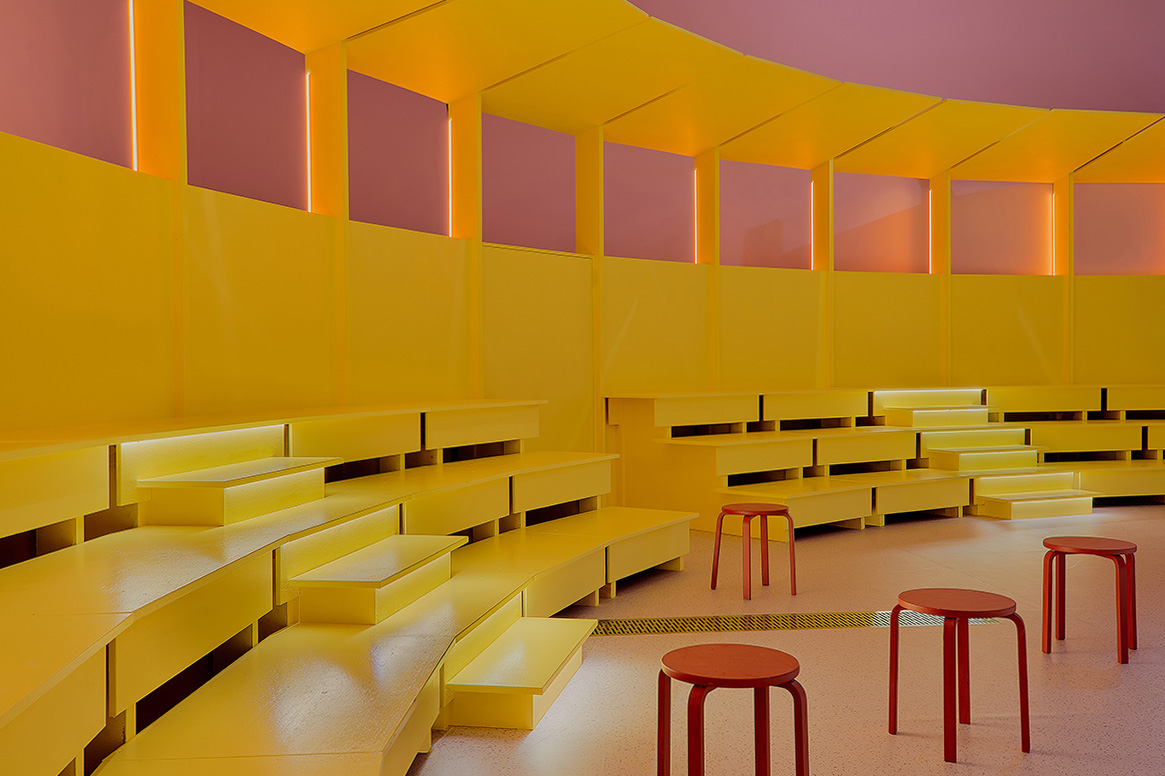
The calibre of the 83 finalists, was assessed by a judging panel of highly respected design industry professionals who came together to undertake the arduous task of consulting and determining the tributes. The panel comprised Shaun Carter, founder of Carter Williamson; Monique Woodward, co-founder of WOWOWA Architecture; Eva-Marie Prineas, founder of Studio Prineas; Nick Travers, Co-Director of Technē Architecture + Interior Design; and Sarosh Mulla, Director of Pac Studio.
Dulux
dulux.com.au
